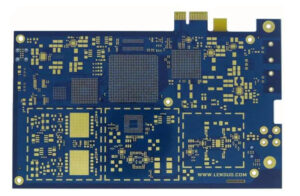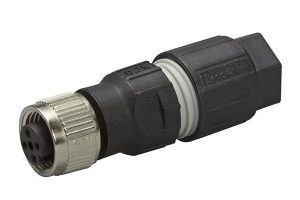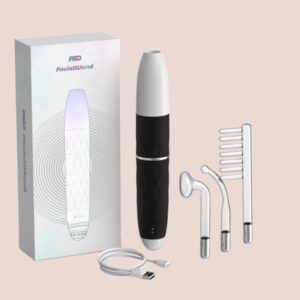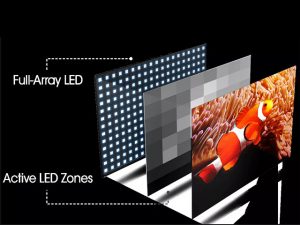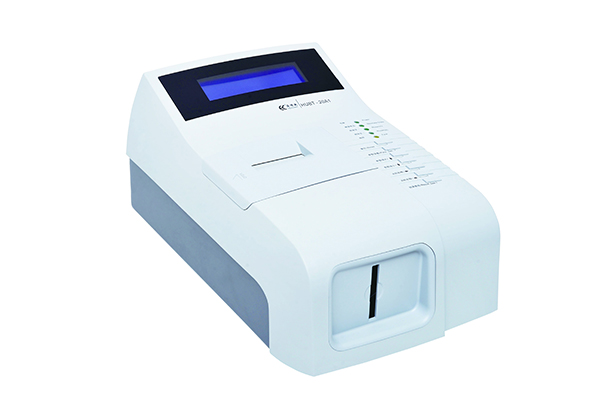
Food is a fundamental part of our lives, and fortunately, we no longer have to worry about food shortages. However, many people still suffer from persistent gastric diseases. Since the discovery of Helicobacter pylori as the main culprit behind these conditions, it has been found that infection rates vary from 30% to 80% in different regions of China, which is a staggering statistic.
Most individuals infected with H. pylori do not exhibit obvious symptoms and may unknowingly carry the bacteria, especially children. In many cases, even if they are infected, they may not feel any discomfort. However, a significant portion of H. pylori infections occur during infancy and early childhood. Additionally, some individuals may experience mild symptoms such as early satiety, bloating, and indigestion. Unfortunately, many people often attribute these relatively mild symptoms to a “weak stomach” or an existing gastric condition, disregarding their significance.
The Role of H. pylori:
Helicobacter pylori is a major pathogenic factor in chronic active gastritis, gastric peptic ulcers, and even gastric malignancies. It is typically present in the gastric antral mucosa of affected individuals. Since discovering and isolating H. pylori, extensive research has been conducted on this bacterium. Currently, the infection rate among the general population in China has reached 50% to 60%. Therefore, it is crucial to establish a non-invasive H. pylori detection method that avoids cross-contamination.
The C14-Urea Breath Test:
In 1988, Marshall and Warren developed the non-invasive C14-urea breath test (C14-UBT). The principle behind the C14-UBT is that when C14-urea labeled with isotopes is ingested, if H. pylori are present in the stomach, the isotopically labeled urea is broken down into ammonia and 14CO2 by the bacterial enzyme urease. The labeled 14CO2 is then absorbed by the intestines and exhaled. By analyzing the amount of 14CO2 in the breath, the presence of H. pylori in the stomach can be determined.
The Importance of Carbon Dioxide Sensors:
Currently, instruments are available for detecting H. pylori, with the core component being carbon dioxide sensors. For such sophisticated detection instruments, choosing carbon dioxide sensors is crucial. An ideal option is the SprintIR-W-F, a high-speed response infrared carbon dioxide sensor developed by GSS in the United Kingdom. This sensor is specifically designed to capture rapid changes in CO2 concentration in various fields, such as metabolic assessments and respiratory devices.
Features of SprintIR-W-F Carbon Dioxide Sensor:
- High-speed detection (20Hz)
- Measurement range from 0 to 100%
- Power supply voltage: 3.3V
- Low power consumption: 35mW
- Optional gas sampling tubing
Technical Parameter:
- Warm-up Time: Less than 1 minute
- Operating Environment: 0°C to 50°C (standard), -25°C to 55°C (extended range), 0 to 95%RH (non-condensing)
- Storage Temperature: -30°C to +70°C
- Sensing Technology: Non-dispersive infrared (NDIR) light absorption
- Patented gold-plated optical path technology
- Patented solid-state light source and detector technology
- Sampling Method: Gas diffusion or pump-in
- Measurement Range: 0-5%, 0-20%, 0-60%, 0-100%
- Accuracy: ±70ppm or +/-5% of reading (whichever is greater), non-linearity <1%FS
- Operating Pressure Range: 950mbar to 1050mbar
- Response Time: 10 seconds to 3 minutes (user-configurable). Readings are taken twice per second
- Power Supply Input: 3.25V to 5V (3.3V recommended)
- Peak Current: 100mA, average current <15mA
- Power Consumption: 35mW
Conclusion:
The detection of H. pylori is of paramount importance due to its association with various gastric diseases. The non-invasive C14-urea breath test has proven to be an effective method for detecting the presence of H. pylori in the stomach. Carbon dioxide sensors, such as the SprintIR-W-F infrared sensor, are crucial in H. pylori detection instruments to facilitate accurate and efficient detection.
These sensors provide high-speed response, wide measurement ranges, and low power consumption, making them well-suited for capturing rapid CO2 concentration changes. With advanced technologies like these, the detection and monitoring of H. pylori infections can be significantly improved, leading to better management and treatment of gastric diseases.
